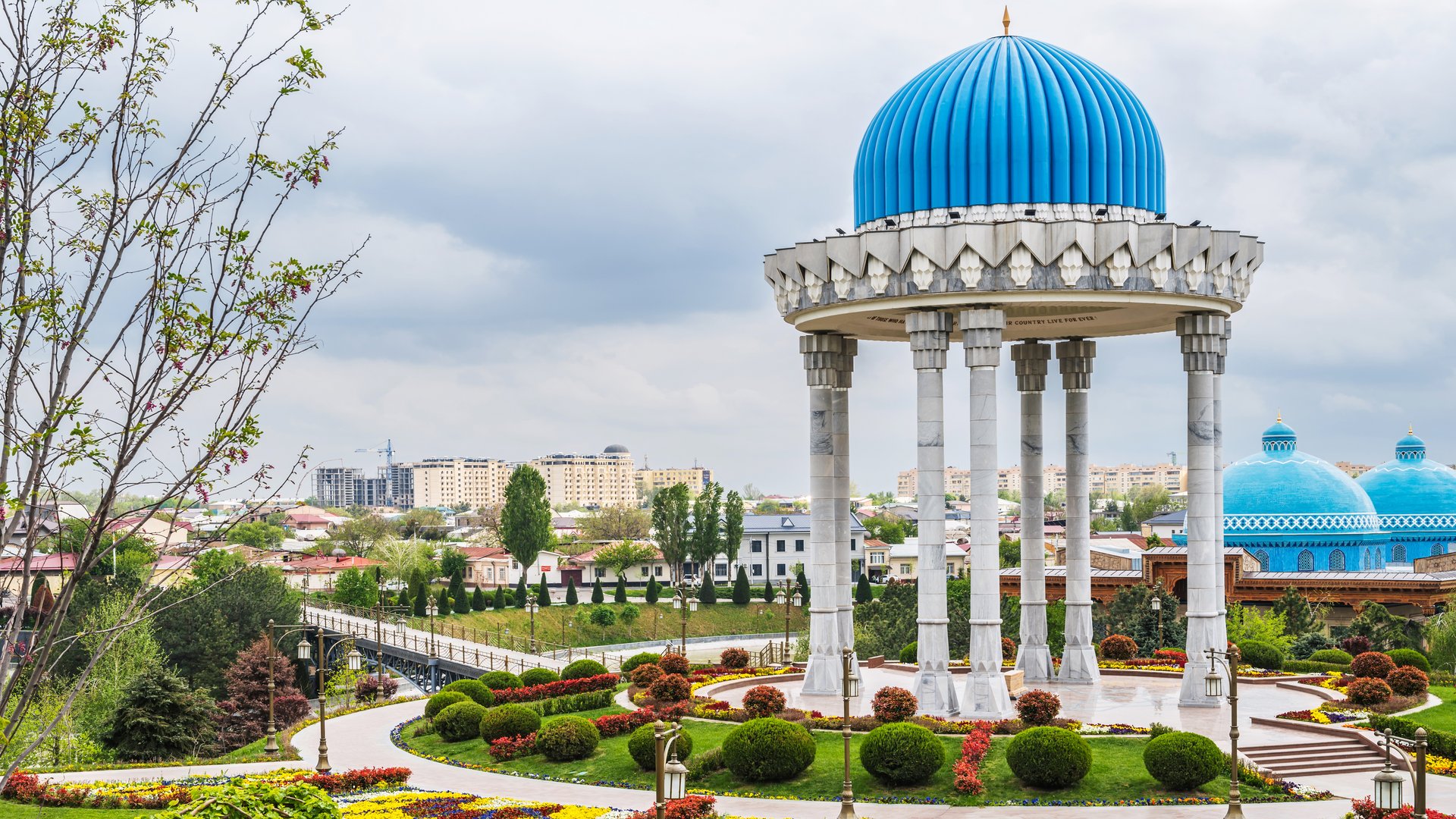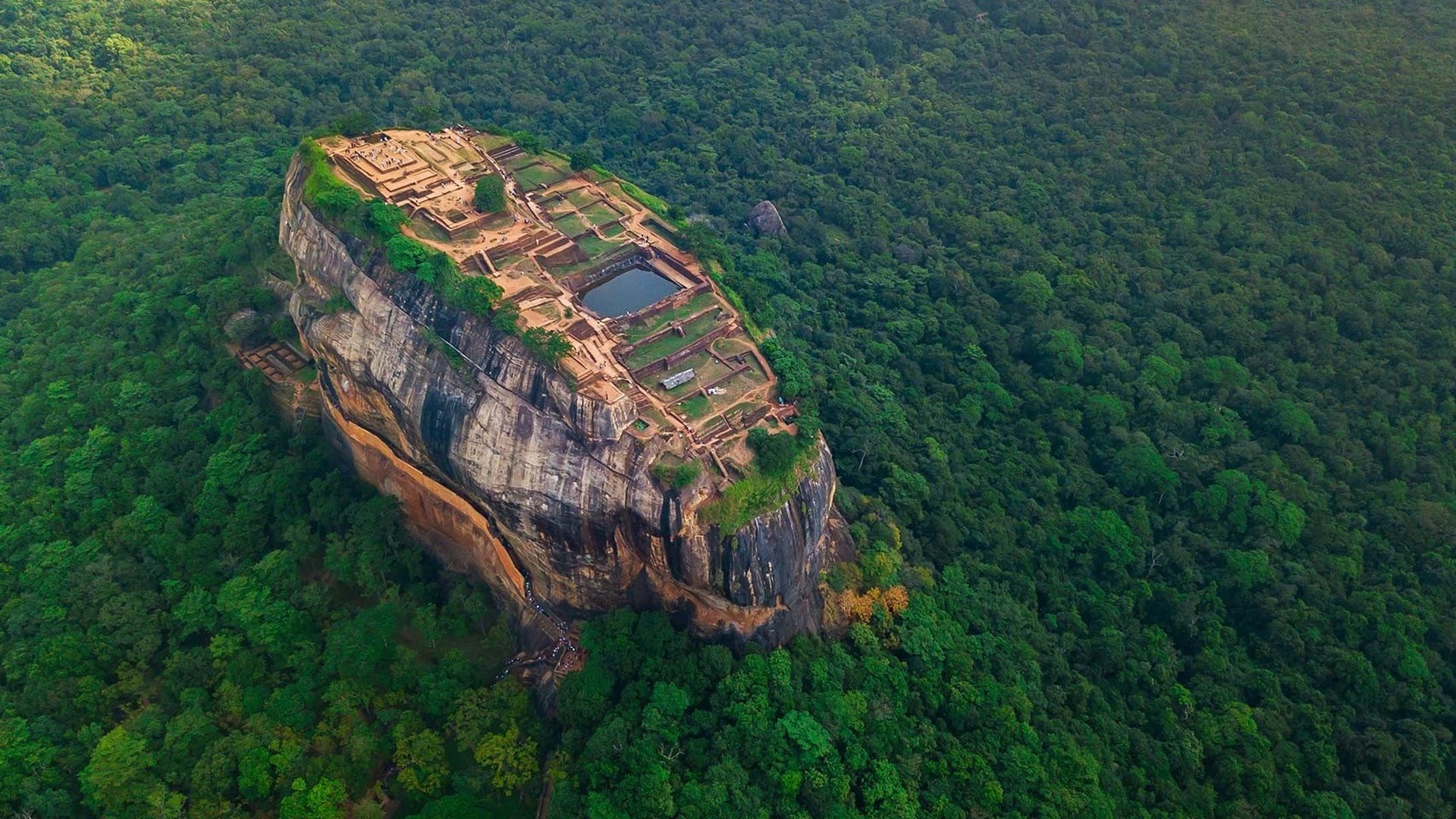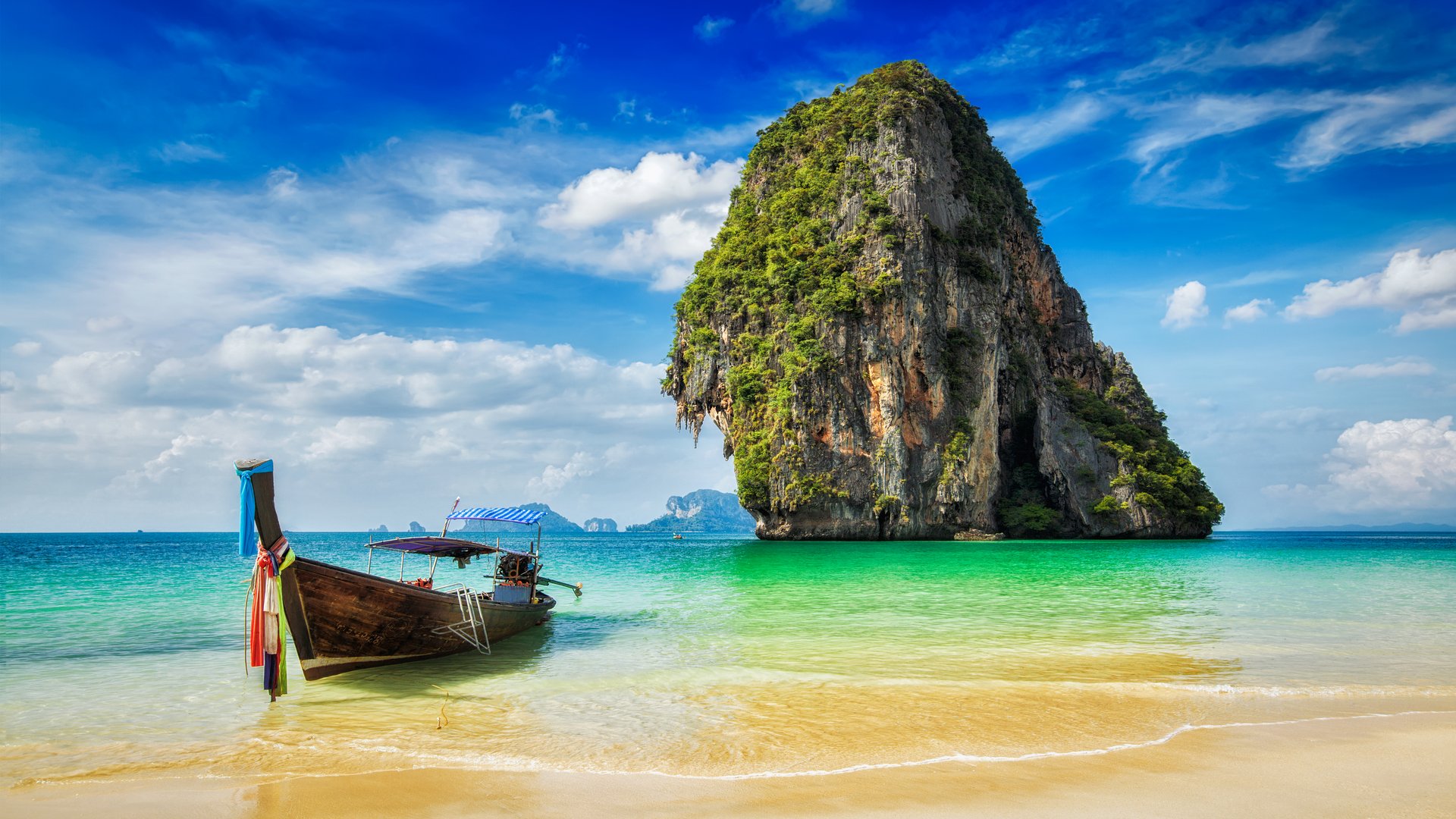
Uzbekistan: A Journey Through the Silk Road’s Timeless Treasures
Uzbekistan: A Journey Through the Silk Road’s Timeless Treasures
Uzbekistan, a land where history comes alive, is a captivating destination that beckons travelers with its stunning architecture, vibrant markets, and rich cultural heritage. As a central hub on the ancient Silk Road, Uzbekistan has been a melting pot of cultures, and its cities boast some of the most well-preserved Islamic architecture in the world. From the blue-tiled domes of Samarkand to the ancient fortresses of Khiva, Uzbekistan offers an unforgettable journey through time.
Explore the Architectural Marvels of Samarkand
Samarkand, often referred to as the "Crossroad of Cultures," is one of the oldest cities in Central Asia and a key stop on the Silk Road. The city’s most iconic site is Registan Square, a majestic ensemble of three grand madrasahs adorned with intricate mosaics and towering minarets. Registan Square is not just a symbol of Samarkand but of Uzbekistan itself, representing the zenith of Islamic architecture.
Another must-visit site is the Gur-e-Amir Mausoleum, the final resting place of the great conqueror Tamerlane (Timur). The mausoleum is a masterpiece of Persian-Mongol architecture, with its azure dome and ornate interior. Nearby, the Shah-i-Zinda Necropolis is a hauntingly beautiful complex of mausoleums that dates back over a thousand years. Each tomb is a work of art, with vibrant tilework and intricate designs that tell stories of the past.
Don’t miss the Bibi-Khanym Mosque, once the largest mosque in Central Asia, built by Tamerlane in honor of his wife. Though partially in ruins, the mosque’s grandeur is still evident, and it remains a powerful symbol of Samarkand’s historical importance.
Step Back in Time in Bukhara
Bukhara, another jewel of the Silk Road, is a city that has retained its medieval charm. Walking through the narrow streets of Bukhara’s old town, you’ll feel as though you’ve stepped back in time. The city is home to over 140 historical monuments, each telling a tale of the city’s rich past.
Start your exploration at the Ark Fortress, a massive structure that served as the residence of Bukhara’s rulers for centuries. The fortress is a city within a city, housing mosques, courts, and royal chambers. Nearby, the Bolo Haouz Mosque, with its elegant wooden pillars, is a serene spot for reflection.
The Po-i-Kalyan complex is one of Bukhara’s most iconic landmarks, featuring the Kalyan Minaret, Kalyan Mosque, and Mir-i-Arab Madrasah. The minaret, also known as the "Tower of Death," is an architectural marvel, and its design influenced the construction of minarets across Central Asia.
Bukhara is also famous for its bustling markets and traditional workshops. The city’s bazaars are filled with artisans crafting beautiful textiles, ceramics, and jewelry, making it the perfect place to shop for souvenirs.
Discover the Ancient City of Khiva
Khiva, a UNESCO World Heritage site, is a city of legends, with a history that dates back over 2,500 years. The walled old town, known as Itchan Kala, is a living museum, with its labyrinth of narrow streets, towering minarets, and beautifully preserved madrasahs and mosques.
As you enter Itchan Kala through the imposing Ota-Darvoza gate, you’ll be transported to a bygone era. The city’s most striking feature is the Kalta Minor Minaret, an unfinished tower that was intended to be the tallest in the Islamic world. Its turquoise tiles gleam in the sunlight, making it a photographer’s dream.
Visit the Kunya-Ark Fortress, the former residence of Khiva’s rulers, and explore its courtyards, harem, and throne room. The Islam Khodja Minaret and Madrasah is another must-see, offering panoramic views of the city from the top of the minaret.
Khiva’s unique atmosphere, with its blend of history and legend, makes it one of the most fascinating places to visit in Uzbekistan.
Experience the Vibrant Culture and Cuisine of Uzbekistan
Uzbekistan’s culture is as rich and diverse as its history. The country is known for its vibrant festivals, traditional music, and dance, as well as its warm hospitality. Uzbek cuisine is a highlight of any visit, offering a delightful mix of flavors influenced by the region’s history as a Silk Road hub.
Plov, the national dish, is a must-try. This hearty rice dish, cooked with lamb, carrots, and spices, is a staple at Uzbek celebrations and is often cooked in massive cauldrons. Another popular dish is shashlik, skewered and grilled meat served with fresh bread and salad.
In the markets, you’ll find an array of dried fruits, nuts, and spices, as well as freshly baked bread known as non, which is an essential part of any Uzbek meal. Don’t miss the chance to try lagman, a noodle soup with a flavorful broth, and samsa, savory pastries filled with meat or vegetables.
Tea is an integral part of Uzbek hospitality, and you’ll often be invited to share a cup of green tea with locals. The chaikhanas (tea houses) are social hubs where people gather to relax and enjoy conversation over tea.
Conclusion
Uzbekistan is a land of timeless beauty, where ancient history and vibrant culture come together to create a unique travel experience. Whether you’re exploring the grand monuments of Samarkand, the medieval streets of Bukhara, or the legendary city of Khiva, Uzbekistan offers a journey through time that will leave you with unforgettable memories. So, pack your bags and set out on an adventure to discover the treasures of the Silk Road in Uzbekistan, a country that is as enchanting as it is historic.


